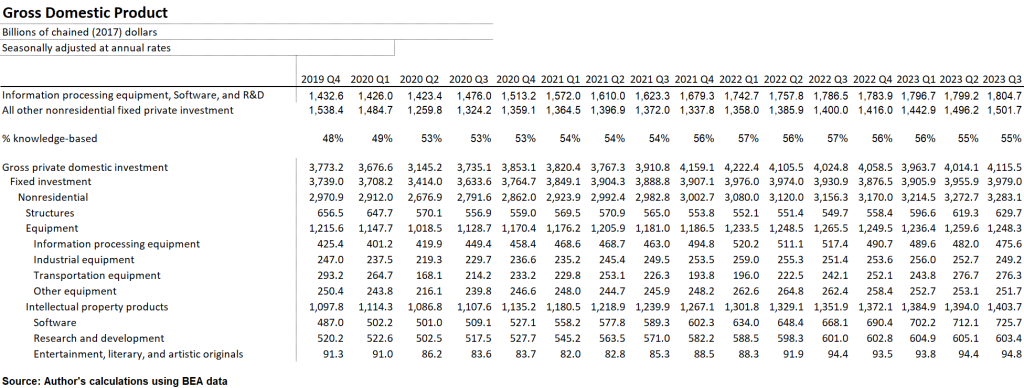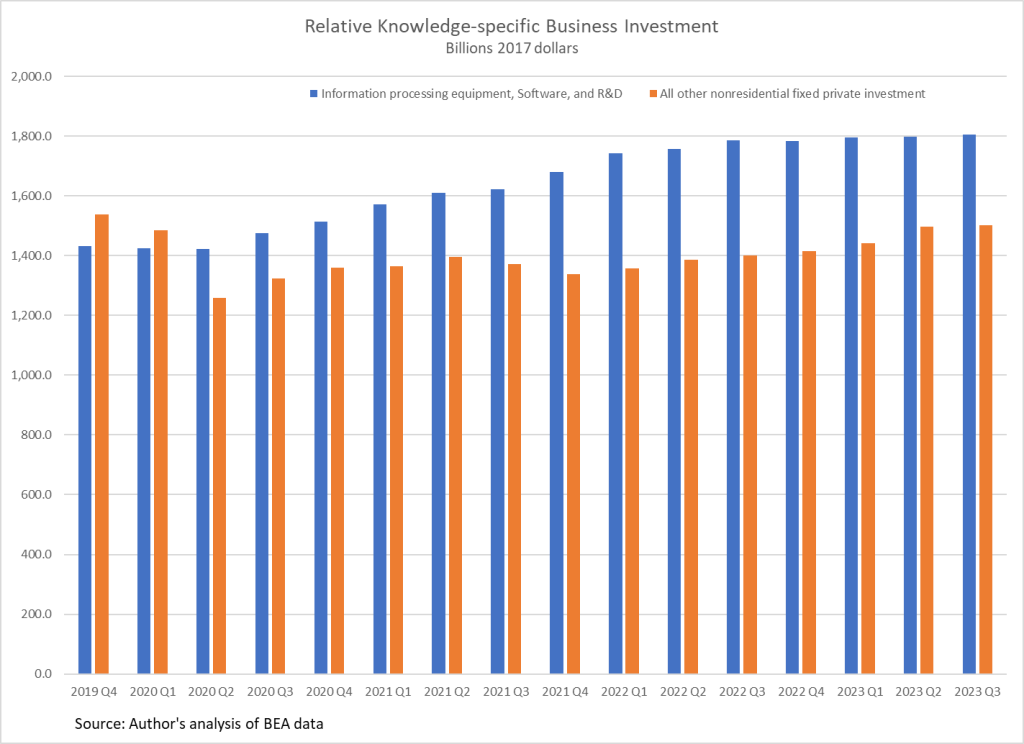Last week, the OECD released a new report on Enhancing Rural Innovation in the United States. This is the latest in their Rural Studies series of reports on economic issues in rural areas. Other reports in the series that focus on innovation include Enhancing Rural Innovation in Scotland, United Kingdom, Unlocking Rural Innovation, and Enhancing Innovation in Rural Regions of Switzerland.
The report’s analysis reveals a picture of rural America different from what many may have.
“There is a pervasive urban bias in innovation studies, with presumptions that innovation is driven by proximity and connectivity of key agents. However, rural areas are also sites of innovation. Innovations that arise from rural areas include innovations in agriculture and manufacturing plus cross-sectoral innovations in food processing and tourism. These may be aimed at applications elsewhere, such as the food and consumption preferences of urban dwellers or be linked to global value chains. Additionally, other innovations (those that originate in metropolitan areas but target rural areas) are wide ranging and include research, science and technology investments that have widespread application in rural economic activities such as mining, manufacturing and agriculture. Finally, there are innovations that are universal in nature, but which strongly impact rural life—from cloud computing and the internet of things to distributed manufacturing.”
While still not as economically well-off as metropolitan countries, rural counties are improving and offer great potential.
“Between 2015 and 2020, rural counties saw labour productivity grow by 1.7% per annum, compared to only 1.2% in metropolitan areas. The majority, nearly two-thirds, of productivity gains in rural areas was due to more efficient use of resources, primarily associated with innovation adoption.
Moreover, even when seen through the traditional lens of research and development, this report shows that investing in innovation (R&D spending) delivers greater relative outcomes in rural counties than in metropolitan counties. A one percent increase in R&D spending increases patent intensity by 0.7 units (or close to one more patent per 1 000 individuals with relevant occupations) in non-metropolitan counties, while it is closer to zero in metropolitan counties. At the same time, investing in workforce skills is also more positively associated with increases in innovation outcomes, such as productivity, in rural counties than in metropolitan counties.”
The report discusses various policies and programs to help rural counties, many of which are already part of the national innovation policy. However, the report stresses the need to tailor such programs to address the distinctive circumstances of rural America.
“The United States has a strong ecosystem for innovation, with funding for technological development, involvement of higher education institutions and market support. However, policies and programmes for innovation in the country do not always consider the specific needs and challenges of rural areas – for example, that innovation may not be STI-related and that economies of agglomeration may not be present. As such, a strategy that adopts a broader based definition of innovation while working to overcome challenges of scale should be prioritized. By definition, the low density and in many cases, large distances, in rural places create a less optimum environment for benefiting from advantages that come with agglomeration including innovation and productivity spill-overs. Nevertheless, a strategy that takes into consideration a functional approach and builds scale for small cities and towns can, in part, overcome some of the challenges related to scale and networks.”
The report includes key recommendations in three areas:
- Improving policy design and implementation for rural innovation.
- Improving access to high-quality broadband, skills and education for entrepreneurship
- Better track and measure innovation relevant to rural areas
Especially important is the recommendation under policy design to “Promote a broader view of innovation policy for diverse rural areas that goes beyond a science and technology understanding of “innovation” and gives broader criteria for programme design and eligibility requirements such as process innovation, social innovation and public sector innovation.”
The conclusion of the OECD’s report is aligned with other studies. For example, a number of years ago I wrote a piece on how rural areas could thrive in the Intangible Economy. That article argued that all areas had intangible assets on which to build a vibrant economy. I specifically noted that “rural areas and smaller communities may be better suited to commercialization of new products (a specialized form of “innovation”) than to scientific and technical innovation.”
More recently (2020), the Kauffman Foundation published a report arguing that rural America has the underlying foundation for prosperity but that the strategy of enticing business to locate in rural areas (sometimes referred to a “smoke stack chasing”) is counterproductive [see earlier posting]. In fact, a study by Carlton & Coclanis on “The Roots of Southern Deindustrialization” points out that the common strategy in the Southern states of pursuing “footloose” companies has backfired as those companies moving on.
As noted above, the OECD report discusses a number of economic development programs and policies that can help rural areas chart a difference course. Many of these already exist. But the trick is to tailor those programs to meet the specific needs and circumstances of rural areas. The report clearly demonstrates how this can be done with concrete examples, such as simplifying eligibility criteria, building capacities of municipalities to apply for competitive federal grants, and creating online one-stop shops to facilitate access to resources.
All of these are worthwhile recommendation. And they all stem from one overriding principle: rural area have enormous innovative potential but are different from traditional science and technology driven innovation hot spots. Recognizing this difference and tailoring programs and policies to the particular circumstances of rural areas can greatly boost the economic fortunes of rural America.













